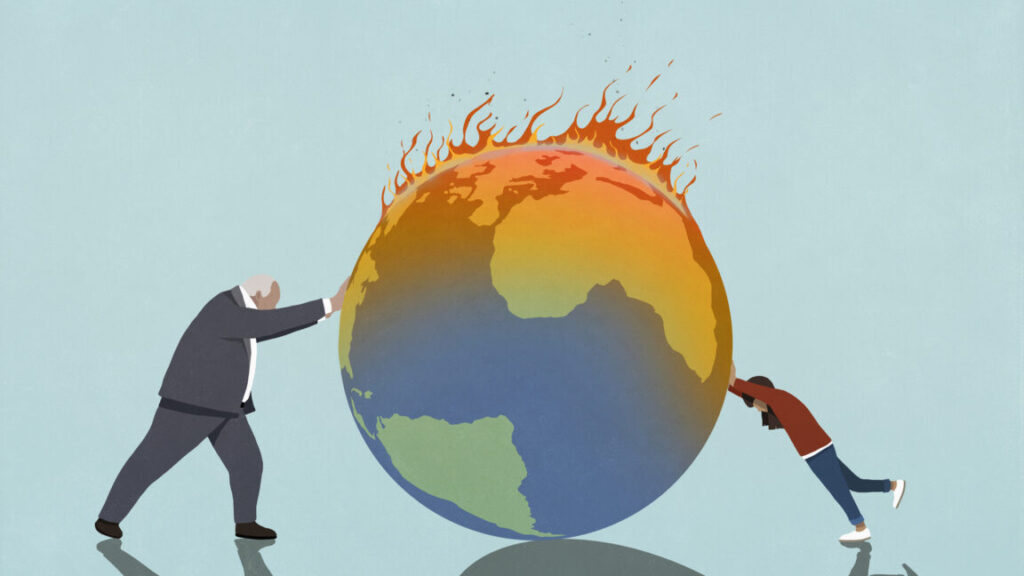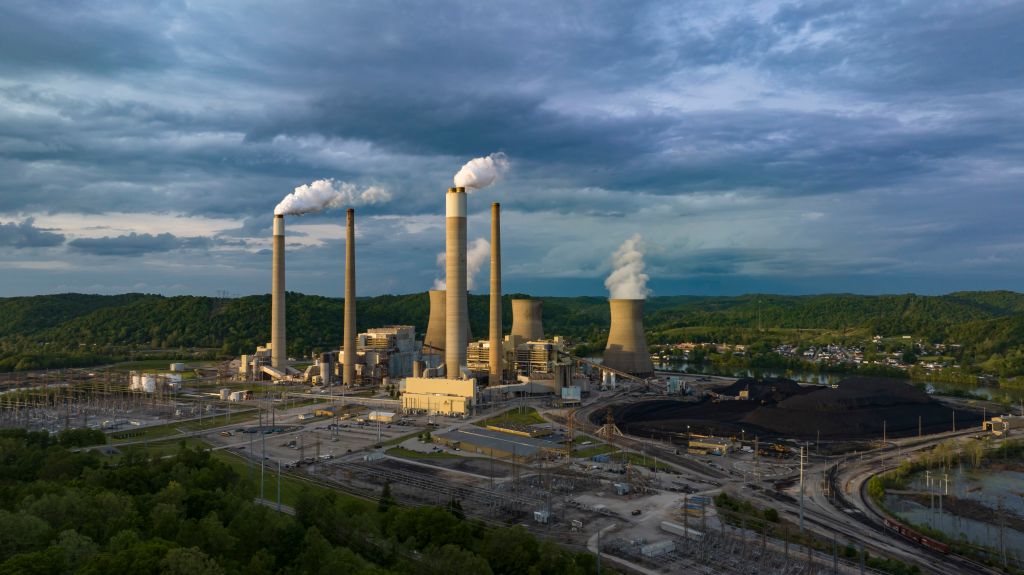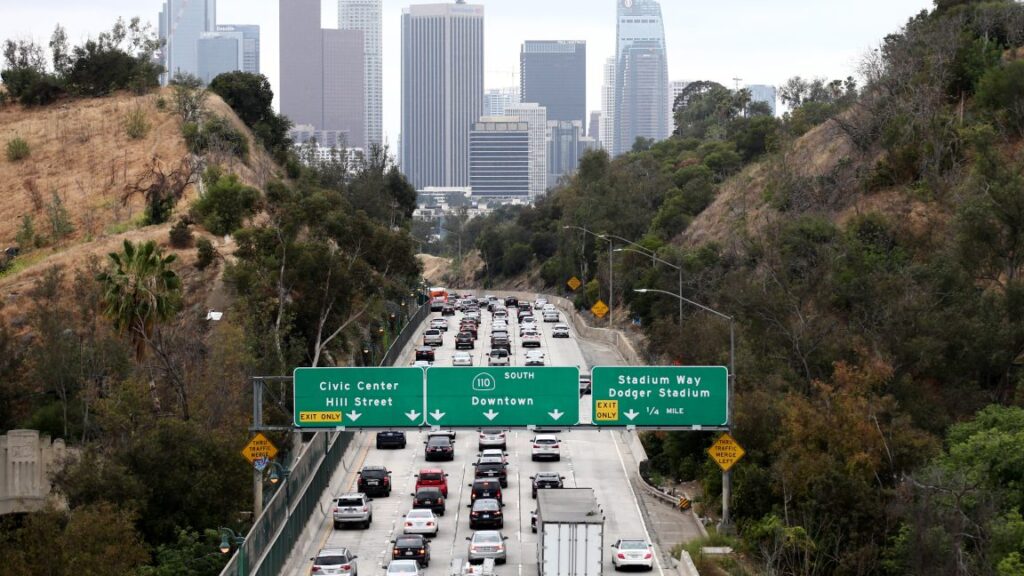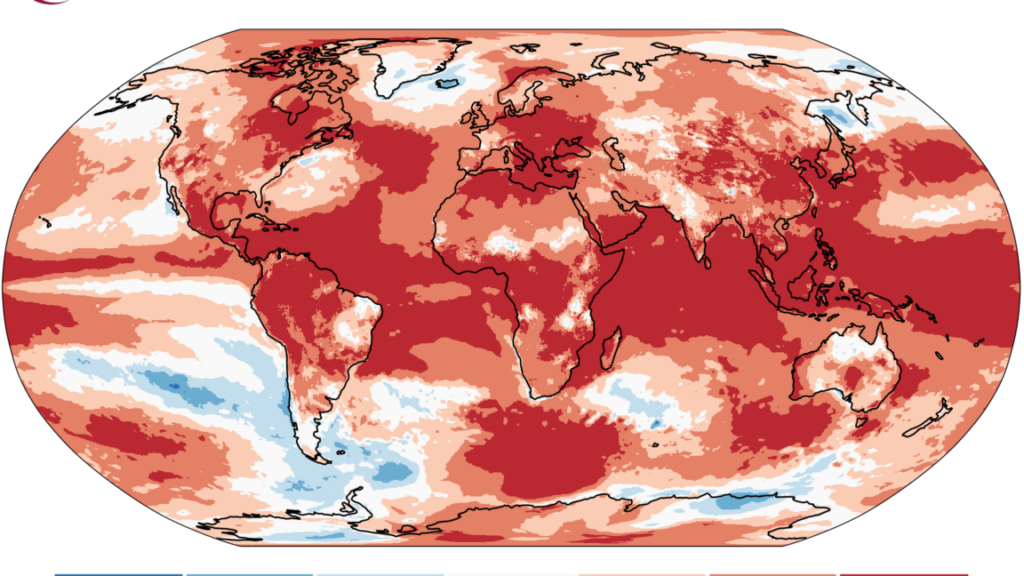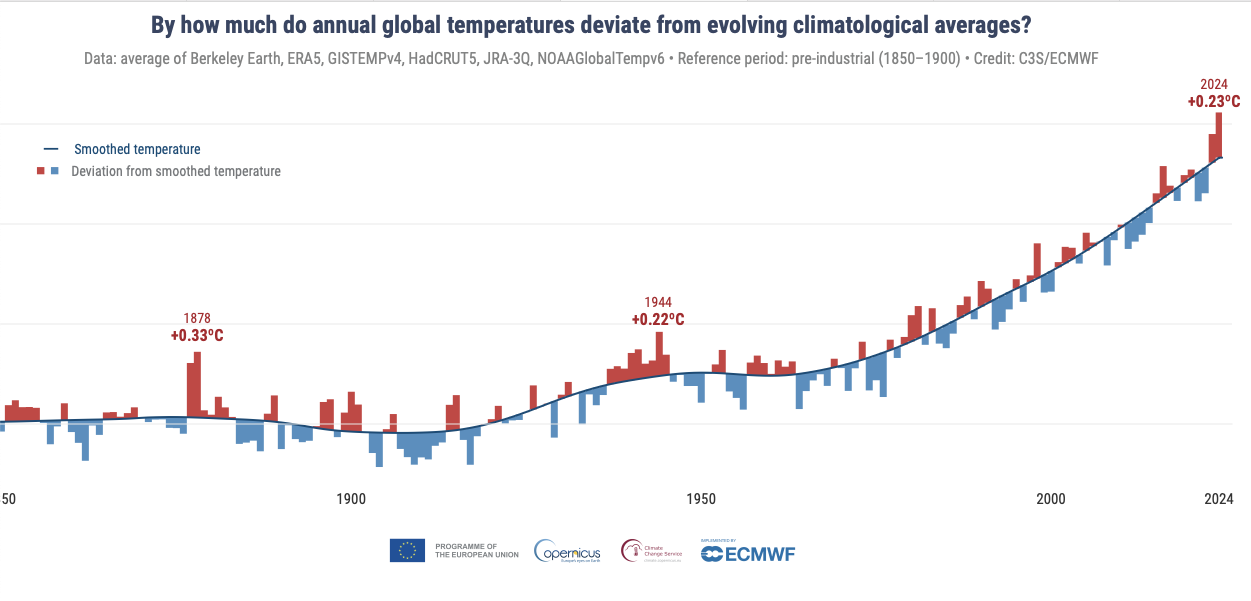Despite congressional threat, National Academies releases new climate report
The National Academies responded to the EPA’s actions by saying it would prepare a report of its own, which it did despite the threat of a congressional investigation into its work. And the result undercuts the EPA’s claims even further.
Blunt and to the point
The NAS report does not mess around with subtleties, going straight to the main point: Everything we’ve learned since the endangerment finding confirms that it was on target. “EPA’s 2009 finding that the human-caused emissions of greenhouse gases threaten human health and welfare was accurate, has stood the test of time, and is now reinforced by even stronger evidence,” its authors conclude.
That evidence includes a better understanding of the climate itself, with the report citing “Longer records, improved and more robust observational networks, and analytical and methodological advances” that have both allowed us to better detect the changes in the climate, and more reliably assign them to the effects of greenhouse gases. The events attributed to climate change are also clearly harming the welfare of the US public through things like limiting agricultural productivity gains, damage from wildfires, losses due to water scarcity, and general stresses on our infrastructure.
But it’s not just the indirect effects we have to worry about. The changing climate is harming us more directly as well:
Climate change intensifies risks to humans from exposures to extreme heat, ground-level ozone, airborne particulate matter, extreme weather events, and airborne allergens, affecting incidence of cardiovascular, respiratory, and other diseases. Climate change has increased exposure to pollutants from wildfire smoke and dust, which has been linked to adverse health effects. The increasing severity of some extreme events has contributed to injury, illness, and death in affected communities. Health impacts related to climate-sensitive infectious diseases—such as those carried by insects and contaminated water—have increased.
Moreover, it notes that one of the government’s arguments—that US emissions are too small to be meaningful—doesn’t hold water. Even small increments of change will increase the risk of damaging events for decades to come, and push the world closer to hitting potential tipping points in the climate system. Therefore, cutting US emissions will directly reduce those risks.
Despite congressional threat, National Academies releases new climate report Read More »
